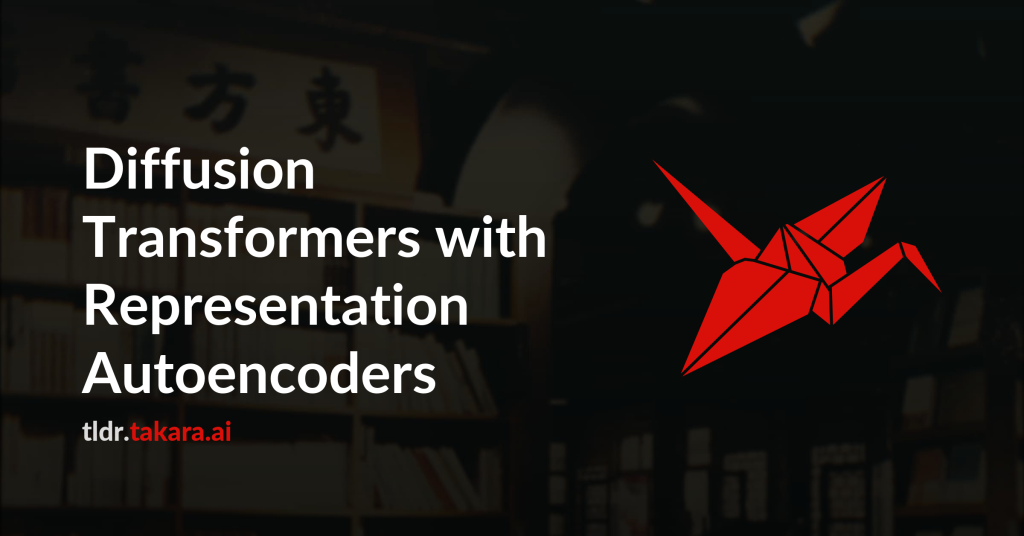Latent generative modeling, where a pretrained autoencoder maps pixels into a
latent space for the diffusion process, has become the standard strategy for
Diffusion Transformers (DiT); however, the autoencoder component has barely
evolved. Most DiTs continue to rely on the original VAE encoder, which
introduces several limitations: outdated backbones that compromise
architectural simplicity, low-dimensional latent spaces that restrict
information capacity, and weak representations that result from purely
reconstruction-based training and ultimately limit generative quality. In this
work, we explore replacing the VAE with pretrained representation encoders
(e.g., DINO, SigLIP, MAE) paired with trained decoders, forming what we term
Representation Autoencoders (RAEs). These models provide both high-quality
reconstructions and semantically rich latent spaces, while allowing for a
scalable transformer-based architecture. Since these latent spaces are
typically high-dimensional, a key challenge is enabling diffusion transformers
to operate effectively within them. We analyze the sources of this difficulty,
propose theoretically motivated solutions, and validate them empirically. Our
approach achieves faster convergence without auxiliary representation alignment
losses. Using a DiT variant equipped with a lightweight, wide DDT head, we
achieve strong image generation results on ImageNet: 1.51 FID at 256×256 (no
guidance) and 1.13 at both 256×256 and 512×512 (with guidance). RAE offers
clear advantages and should be the new default for diffusion transformer
training.

